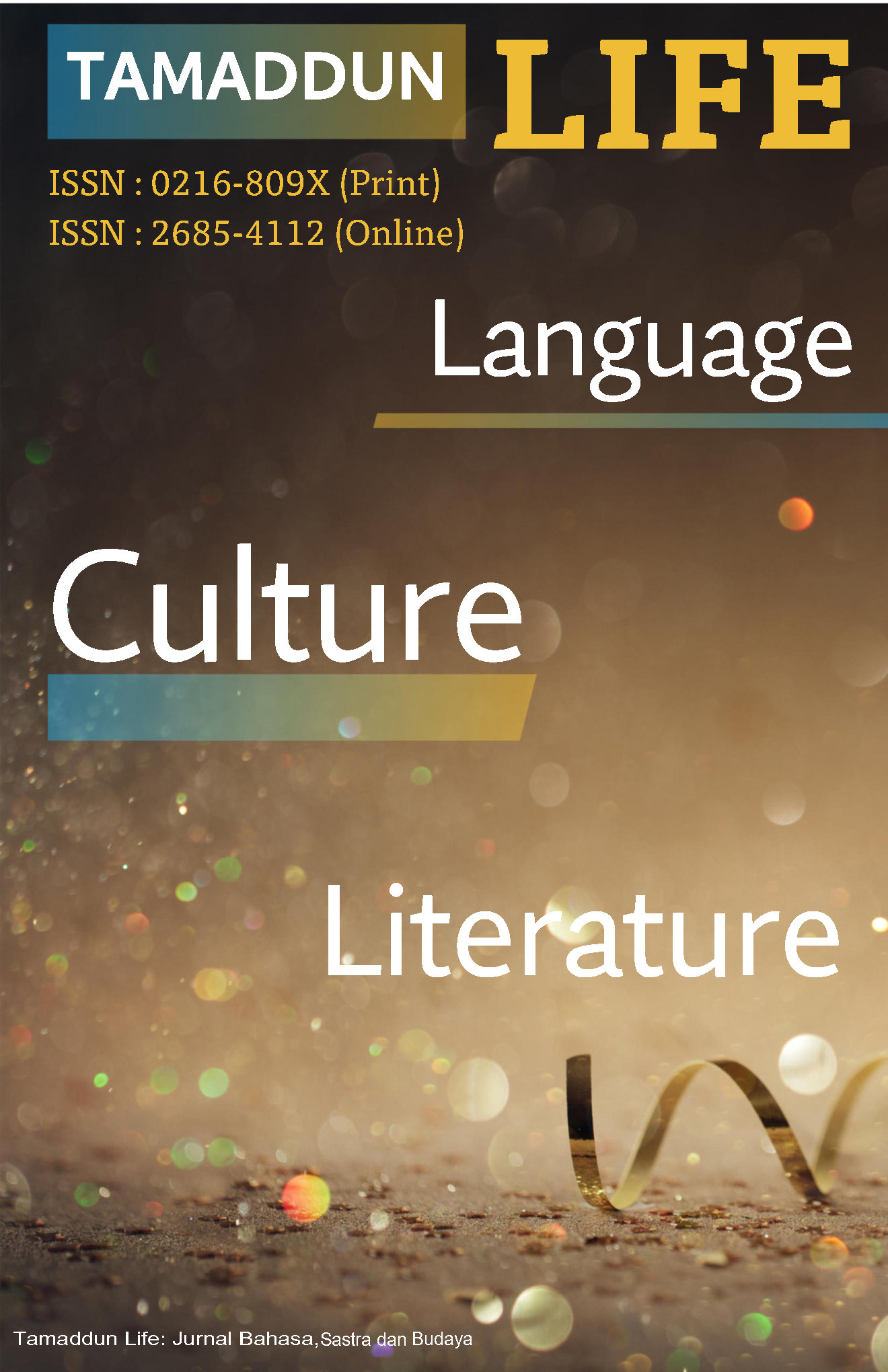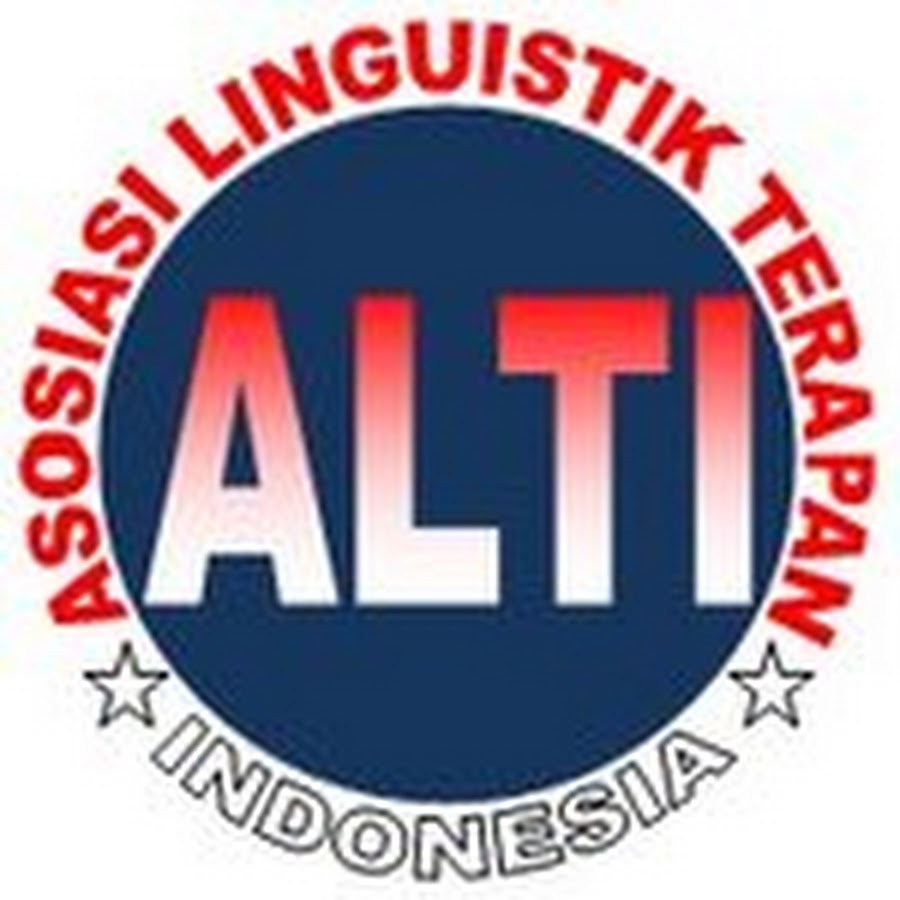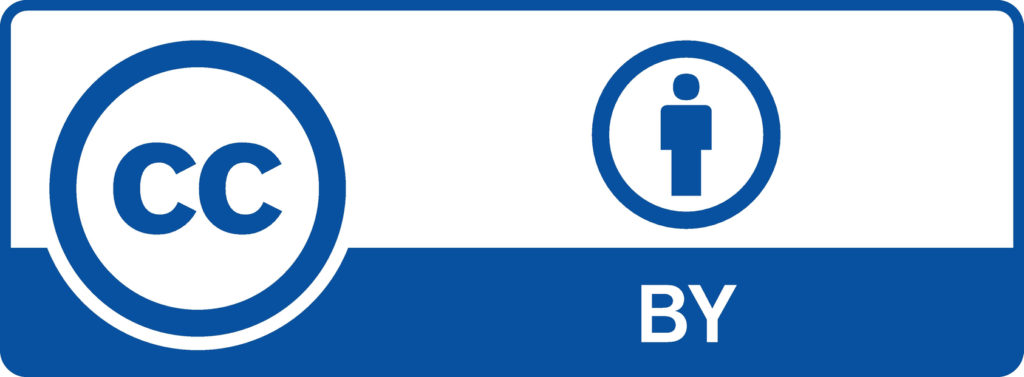Adapting Language Styles in Classroom Interaction: Insights from Lecturers at the State Tourism Polytechnic of Makassar
Abstract
This study investigates the language styles employed by lecturers at the State Tourism Polytechnic of Makassar during classroom interactions, focusing on their implications for the teaching and learning process. Using a qualitative research design grounded in classroom discourse analysis, the study employs a postpositivist approach to explore the nuanced communication dynamics between lecturers and students. Data were collected through observations, document reviews, and audio-visual recordings and analyzed using the Interactive Model of Data Analysis by Miles, Huberman, and Saldana. The findings reveal the absence of the frozen style, typically associated with ceremonial contexts, in classroom settings. Instead, four language styles were identified: formal, consultative, casual, and intimate. The formal style was the most prevalent, used by five lecturers to maintain structure and professionalism. The consultative style, observed in four lecturers, fostered dialogue and collaboration, while the casual style, used by three lecturers, facilitated a relaxed and approachable classroom atmosphere. The intimate style, employed by one lecturer, highlighted its role in building personal connections and providing individualized support. These findings underscore the critical role of language styles in shaping classroom interactions and enhancing student engagement. The study emphasizes the importance of linguistic adaptability and cultural sensitivity in teaching, providing practical implications for teacher training and pedagogical practices. By strategically employing diverse language styles, educators can create dynamic, inclusive, and effective learning environments. Future research should explore student perspectives and cross-cultural variations in language styles to broaden the understanding of their impact on education.
References
Alhourani, A. (2021). Investigating the match and mismatch between students’ learning styles and teacher’s teaching styles in a Saudi school: A case study. Journal of World Englishes and Educational Practices, 3(2), 10-20. https://doi.org/10.32996/jweep.2021.3.2.2
Amiruddin, M., & Jannah, U. (2022). The role of speech style between teacher and student in learning English. Journal of Education and Learning (Edulearn), 16(1), 137-144. https://doi.org/10.11591/edulearn.v16i1.17787
Bahrani, T., Sim, T., & Nekoueizadeh, M. (2014). Second language acquisition in informal setting. Theory and Practice in Language Studies, 4(8). https://doi.org/10.4304/tpls.4.8.1714-1723
Barnes, E., Grifenhagen, J., & Dickinson, D. (2019). Mealtimes in Head Start pre-k classrooms: Examining language-promoting opportunities in a hybrid space. Journal of Child Language, 47(2), 337-357. https://doi.org/10.1017/s0305000919000199
Batmang, B., Gunawan, F., Samad, I., & Saad, M. (2018). The influence of lecturers’ language style toward higher students’ psychological condition in Indonesia. SSRN Electronic Journal. https://doi.org/10.2139/ssrn.3308281
Baş, G. (2021). Factors influencing teacher efficacy in inclusive education. Australasian Journal of Special and Inclusive Education, 46(1), 19-32. https://doi.org/10.1017/jsi.2021.22
Creswell, J. W., & Creswell, J. D. (2017). Research design: Qualitative, quantitative, and mixed methods approaches. Sage Publications.
Chodkiewicz, H. (2023). Advanced EFL students’ practices in formal and informal language learning settings: An exploratory study of learner agency. Lublin Studies in Modern Languages and Literature, 47(3), 57-68. https://doi.org/10.17951/lsmll.2023.47.3.57-68
Fitria, T. (2023). Implementation of English language teaching (ELT) through understanding non-EFL students’ learning styles. Education and Human Development Journal, 8(1), 10-25. https://doi.org/10.33086/ehdj.v8i1.4457
Ghassemi, F., Sargazifar, R., Khammar, Z., Akbari, N., & Arbabisarjou, A. (2021). Investigating the classroom management styles and undesirable educational behaviors in students of medical sciences: Cross-sectional study. PJMHS, 15(5), 1382-1388. https://doi.org/10.53350/pjmhs211551382
Hamed, M., & Almabruk, A. (2021). Perceptual learning style preferences of English major Libyan university students and their correlations with academic achievement. Advances in Language and Literary Studies, 12(5), 1. https://doi.org/10.7575/aiac.alls.v.12n.5.p.1
Hyland, K., & Jiang, F. (2017). Is academic writing becoming more informal? English for Specific Purposes, 45, 40-51. https://doi.org/10.1016/j.esp.2016.09.001
Kartal, G. (2010). Does language matter in multimedia learning? Personalization principle revisited. Journal of Educational Psychology, 102(3), 615-624. https://doi.org/10.1037/a0019345
Lee, B. (2015). EFL learners’ perspectives on ELT materials evaluation relative to learning styles. RELC Journal, 46(2), 147-163. https://doi.org/10.1177/0033688214564177
Melendez, E. (2022). Echoing the English language experiences of multilingual students in formal and informal settings. Asia Pacific Journal of Social and Behavioral Sciences, 20. https://doi.org/10.57200/apjsbs.v20i0.331
Miles, M. B., Huberman, A. M., & Saldaña, J. (2014). Qualitative data analysis: A methods sourcebook. (3rd ed.).
Moradkhani, S., & Rahimi, M. (2019). The impact of students’ English proficiency level and teacher education on L2 teachers’ pedagogical knowledge: A mixed‐methods study. TESOL Journal, 11(2). https://doi.org/10.1002/tesj.496
Morales-Martínez, G., Mezquita-Hoyos, Y., & Castro-Campos, C. (2022). Cognitive meaning of inclusive education of students with disability in regular education teachers. Journal of Intellectual Disability - Diagnosis and Treatment, 10(6), 271-282. https://doi.org/10.6000/2292-2598.2022.10.06.1
Noviska, D. (2023). Students' learning styles (VRAK model) in learning English. Didaktika Jurnal Kependidikan, 17(1), 58-70. https://doi.org/10.30863/didaktika.v17i1.4132
Petrík, Š., & Vašašová, Z. (2022). Relationship between interaction style-built teacher authority and classroom climate dimensions. The New Educational Review, 68(2), 107-118. https://doi.org/10.15804/tner.22.68.2.08
Qasserras, L. (2023). Systematic review of communicative language teaching (CLT) in language education: A balanced perspective. European Journal of Education and Pedagogy, 4(6), 17-23. https://doi.org/10.24018/ejedu.2023.4.6.763
Riasari, E. (2021). An analysis on speech styles used by English lecturers. Celebes Journal of Language Studies, 185-197. https://doi.org/10.51629/cjls.v1i2.61
Riehemann, J., & Jucks, R. (2018). “Address me personally!”: On the role of language styles in a MOOC. Journal of Computer Assisted Learning, 34(6), 713-719. https://doi.org/10.1111/jcal.12278
Ryan, È., Bailey, A., & Grace, Y. (2019). Rethinking the role of transitions between activities in early childhood settings: An examination of their linguistic characteristics in two preschool classrooms. Journal of Early Childhood Literacy, 21(4), 538-567. https://doi.org/10.1177/1468798419870596
Salsabila, L., & Permanasari, P. (2022). An analysis of language style used in “The Princess Switch” movie and its implications in teaching speaking. Jurnal Lingua Idea, 13(1), 37. https://doi.org/10.20884/1.jli.2022.13.1.5700
Sözer, B. (2023). Actual situation of institutions working in the field of bilingualism multilingualism in the world. Turkophone, 10(2), 154-175. https://doi.org/10.55246/turkophone.1288881
Wong, L. L. C., & Nunan, D. (2011). The learning styles and strategies of effective language learners. System, 39, 144-163. https://doi.org/10.1016/j.system.2011.05.004
Wood, J. T. (2014). Communication in our lives (7th ed.). Cengage Learning.
Zaborniak-Sobczak, M. (2022). Beliefs on inclusive education among teachers and students of pedagogical faculties in south-eastern Poland. The New Educational Review, 70(4), 133-144. https://doi.org/10.15804/tner.2022.70.4.11
Copyright (c) 2024 Muh. Al Fachrizah Fitra, Ulvah Sari, Muh. Soghirun, Sitti Ufairah, Nirmawati Nirmawati

This work is licensed under a Creative Commons Attribution 4.0 International License.
Authors who publish with Tamaddun journal agree to the following terms:
1. Authors retain the copyright and grant Tamaddun the right of first publication. The work will be licensed under a Creative Commons Attribution License (CC BY 4.0), which permits others to share the work with proper acknowledgment of the authorship and initial publication in this journal.
2. Authors may enter into additional non-exclusive agreements for the distribution of the published version of their work (e.g., posting it to an institutional repository or including it in a book), provided that the initial publication in this journal is acknowledged.
3. Authors are encouraged to post their work online (e.g., in institutional repositories or on their personal websites) before and during the submission process. This can lead to productive exchanges and increase the visibility and citation of the published work.






